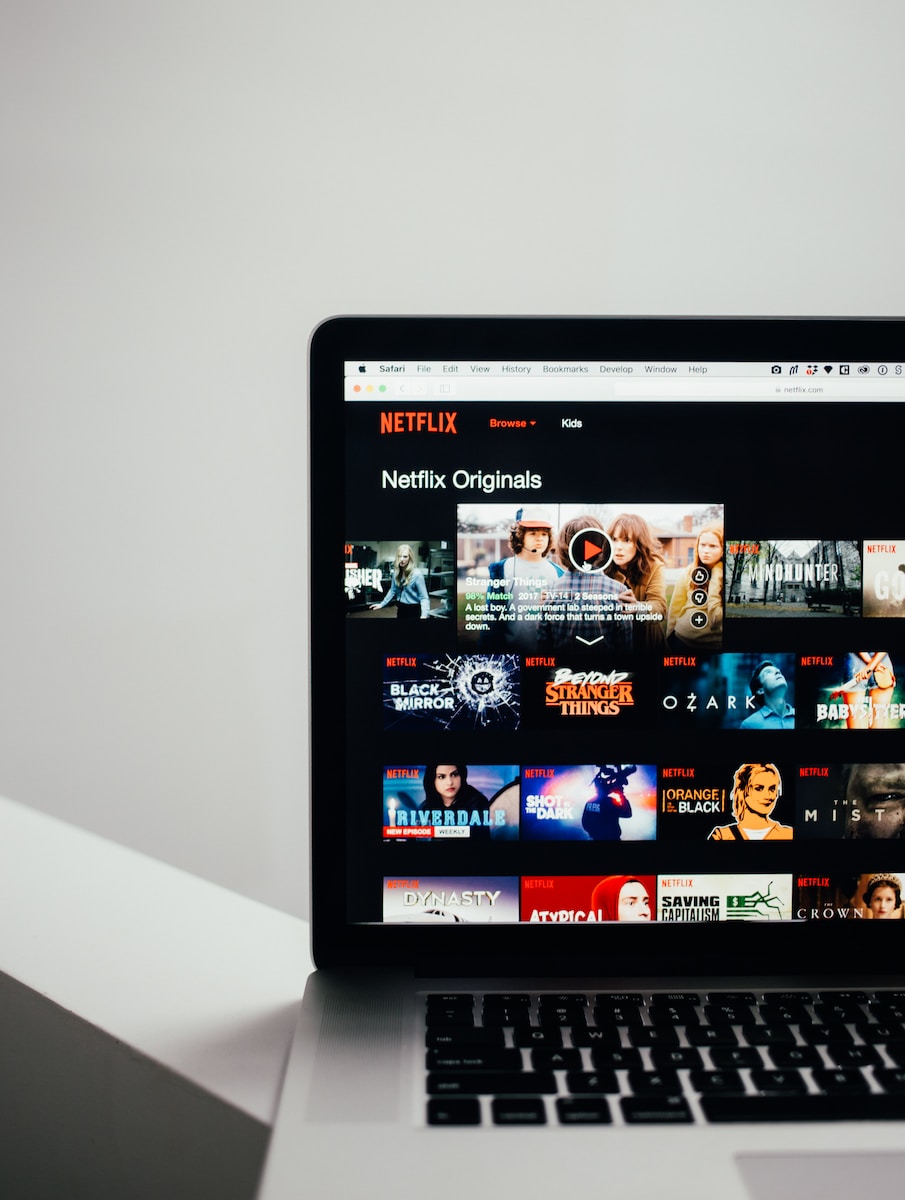Streaming services have revolutionized the way we consume movies, significantly affecting the traditional movie industry. With the rise of platforms like Netflix, Amazon Prime and Disney, audiences now have access to a vast library of movies. This change in consumption patterns had both positive and negative consequences for the film industry.
First, streaming services have provided a platform for independent filmmakers and niche genres to reach a wider audience. In the past, these films have often struggled to gain theatrical release or gain visibility in mainstream media. However, with the advent of streaming services, independent films have found new distribution channels and amassed a dedicated following. This led to a more varied selection of films and a greater appreciation for unique storytelling.
In addition, streaming services have enabled more personalized viewing. Users can now create their own playlists and explore different genres and languages according to individual tastes and preferences. This led to an increased demand for international films and a wider recognition of global cinema. Streaming services have also spawned a binge culture where individuals can consume entire TV series or movies in one sitting. It changed the way we interact with content and created new opportunities for storytelling and story development.
However, the rise of streaming services has also challenged the traditional film industry. Declining theater attendances affected box office revenues, leading to changes in distribution strategies and the release of films directly to streaming platforms. This raised concerns among filmmakers and industry professionals about the future of the film and its impact on the big screen. In addition, the dominance of streaming giants has led to increased competition and bidding wars for content rights, driving up production costs and making it harder for smaller studios and independent filmmakers to get financing.
In short, the impact of streaming services on the film industry has been profound. While this provided opportunities for versatile storytelling and individualized viewing experiences, it also challenged the traditional distribution model and cinema experience. As the industry continues to evolve, finding a balance between the convenience of streaming and an immersive theatrical experience is critical to the future of the film industry.
Related Stories
Take Action




